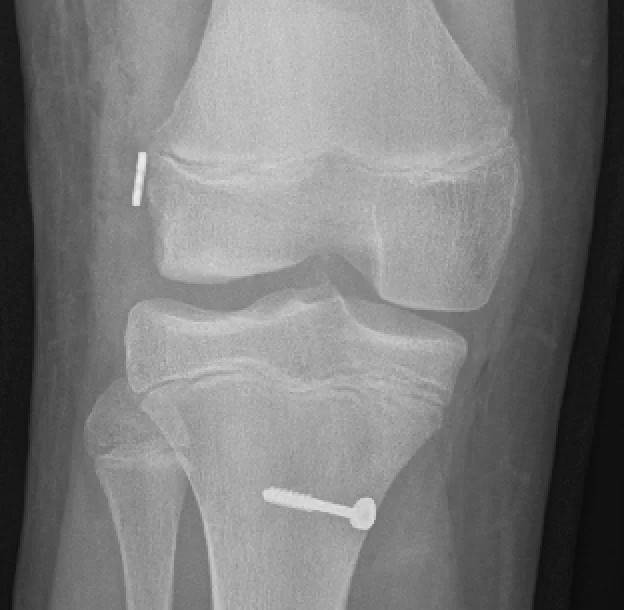ACL tears in children are uncommon. However, the annual growth in incidence of ACL tears is highest in the 5-14 year-old age group. The incidence in boys has increased by about 8% per year, and slightly higher in girls at 9%. The reasons for this are not clear but are several factors are thought to be responsible. These possible explanations include early specialisation by young athletes (i.e. concentrating on one sport rather than being a generalist), longer sporting seasons, more intense training, higher levels of competition, and lack of free play.
There are two main types of ACL injuries in children. Most injuries are the typical ACL tear that just happens to be in a child. The other variety is the less common avulsion fracture that tends to occur in younger children. An avulsion fracture of the ACL occurs because the ligament is relatively stronger than the bone to which it’s attached. So rather than the ligament tearing, the ligament pulls of its bony attachment to the tibia. Treatment involves arthroscopically reattaching the bony fragment.
The more common variety is where the ligament itself tears. However, the consideration in a growing child is the presence of “growth plates”. “Growth plates” are a unique structure that occurs at each end of the long bones, allowing for that bone’s growth. A traditional ACL reconstruction would involve drilling tunnels that pass through the plates with the risk of damaging them. That is why for many years, these injuries were treated nonoperatively. However, stopping a child from playing, as any parent would know, is nigh on impossible. Therefore these children have a high risk of reinjury that may damage the menisci or the cartilage of a knee.
So now we have specific techniques to perform ACL reconstructions in children. These techniques minimise damage to the growth plates. Long-term studies show that ACL reconstructions can safely be performed in children. The other concern is that people under 18 years also have a higher rate of damaging their ACL graft. I discussed this higher injury rate of reinjury in my blog of May 2021.
If your child has an ACL injury, addressing the issue early on is pivotal in successful treatment. For more information on how to book a consultation, please visit our Appointments page or contact our clinic.


